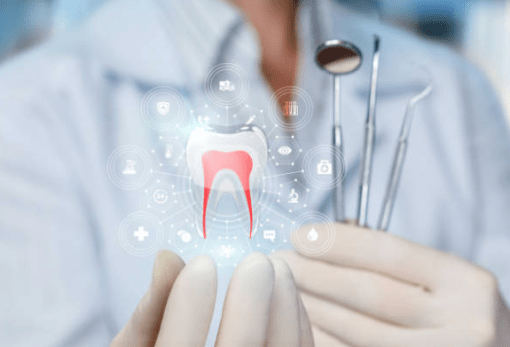The dental industry is constantly changing, and Dental Service Organizations (DSOs) have become an increasingly efficient model for providing non-clinical functionality to dental practices.
DSOs want to be efficient and profitable, so they have to decide whether to centralize their operations or keep them decentralized. In this post, we’ll talk about centralization, when it makes sense, and the pros and cons, using examples related to RCM.
Is It Time to Centralize?
The decision to centralize should not be taken lightly. It requires careful consideration of various factors, including the size and growth rate of the DSO, the number of practices under its management, and the geographical spread of these practices.
Here are a few indicators that suggest it might be time to centralize:
Scalability Challenges
As a DSO expands, managing multiple decentralized practices becomes increasingly complex. Duplication of efforts, inconsistencies in processes, and lack of effective oversight may hinder growth. Centralization can help streamline operations, ensuring scalability and consistent standards across all practices.
Inefficient Resource Allocation
If your DSO is struggling with inefficiencies in resource allocation, centralization can bring about significant improvements.
Centralizing functions such as submissions, claims follow up, and posting allows for better utilization of resources, economies of scale, and cost savings.
Standardization and Quality Control
Maintaining consistent standards of billing practices is crucial for successful cash flow of a DSO.
Centralization enables standardized protocols, training programs, and quality control measures across all practices. This ensures that all AR is dealt with in a timely and consistent manner that maximizes collections.
Benefits of Centralization
Streamlined Operations: Centralizing administrative functions brings efficiency and reduces redundancies.
By consolidating resources and streamlining processes, a DSO can save time and money. FTE (full-time employee) costs are some of the highest that affect the bottom line for a DSO. Centralized billing functions facilitate smoother operations, fewer employees, and enhance productivity.
Improved Standardization and Training
Centralization allows for the implementation of standardized protocols, policies, and training programs. This ensures that every team member follows best practices, delivers consistent work, and adheres to department requirements. Training can be more structured and comprehensive, leading to a higher level of professional development for staff members.
When to Centralize
The decision to centralize should be guided by a thorough analysis of the DSO’s specific circumstances. Factors to consider include:
Organizational Maturity
Centralization is often more suitable for mature DSOs with a stable foundation, strong processes, and a clear intent for centralizing functions. Trying to centralize too early in the growth phase can lead to unnecessary complexities and challenges.
Technological Infrastructure
Robust technology infrastructure, including reliable communication and information management systems, is essential for successful centralization. Consideration of investment in these systems should precede or accompany the centralization process.
Leadership and Management Capabilities
Effective leadership and management play a vital role in the success of centralization. DSOs should assess whether their leadership team possesses the necessary skills and experience to drive and manage the centralization process effectively.
The Drawbacks of Centralization
Change Management
Centralization often necessitates a significant shift in organizational structure and culture. Resistance from decentralized practice teams may arise due to concerns about loss of autonomy or fear of disruptions in established workflows. Managing this resistance requires effective change management strategies and open communication channels.
Initial Investment and Transition Period
Centralization involves upfront costs associated with technology infrastructure, staff training, and potential consolidation of personnel. Additionally, transitioning from decentralized to centralized RCM processes may cause temporary disruptions, requiring careful planning and coordination to minimize the impact on cash flow.
For example, transitioning from decentralized billing systems to a centralized claims follow up process requires upfront investments in software, hardware, and staff training. While the long-term benefits are significant, the initial costs and transitional challenges should be considered.
Should You Centralize?
Deciding whether to centralize your dental DSO’s operations, particularly in the context of RCM, requires a thoughtful assessment of your organization’s specific circumstances.
Centralization can bring numerous benefits, including streamlined RCM operations, economies of scale, and improved compliance.
However, it is essential to weigh these advantages against the potential challenges and drawbacks, such as resistance to change and upfront investments.
By carefully evaluating these factors, you can make an informed decision that aligns with your DSO’s goals and growth trajectory.





